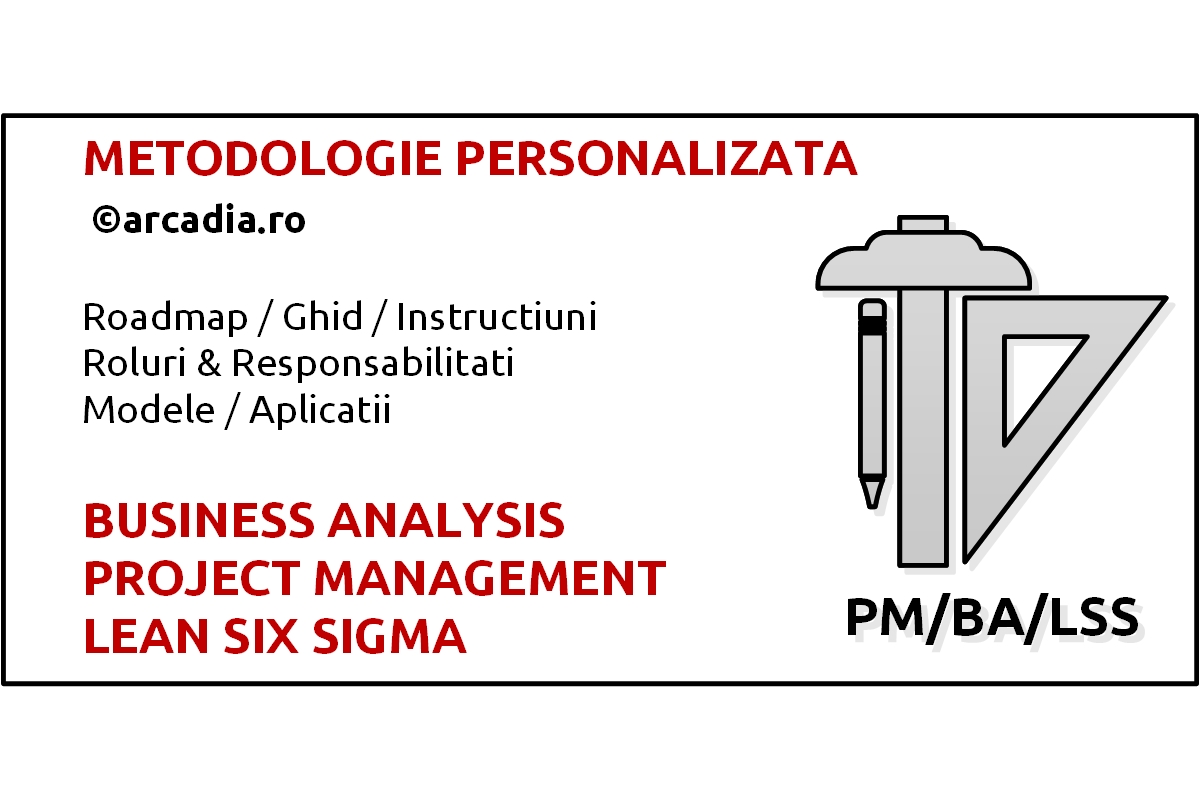1.
Business Analysis
A continuing applied methodology responsible for rising the business, mainly in connection with a project based approach
- monitoring and control the business area to identify problems, necessities or opportunities
- analyze every initiative to setup the "must" level
- identify the best solution according to the business view and necessities
- collect, analyze, prioritize the business and user requirements and translate these to a technical view (deliverables acceptance criteria)
- monitoring and control, evaluate and change the evolution of the requirements from a well defined target to a "go live" deliverables status
- follow up the business initiative or project with any change or release is needed
- document the analysis: problem statement, project proposal, business case, bill of requirements, BRD/RAD or product / sprint backlog, change request etc.
- represent the client / business interest in the project life
2.
Project Management
The main approach to develop and deliver projects in optimal terms of quality, time and cost
- analyze and setup the project concept based on the business case
- identify the best equilibrium for the vital project triangle: quality (for deliverables and the project approach, time and cost (fbased on resources schedule and work, financial investment, risks, assumptions and constraints)
- develop the project plan according to the scope, time, cost, quality, HR, risk and regulation analyses and management
- monitor, control and correct the project during the execution / implementation phase
- evaluate the project and resources, identify lessons learned
- manage the project documentation like project concept, PID, master plan, change requests and so on.
- represent the main authority responsible for the project success
3.
Lean Six Sigma
Unique and logical merge between the faster "LEAN Management" which reduces the waste and increases the speed in providing products and services to the client, and the defects and variation tough killer Six Sigma
- identify the actual "as-is" business status in terms of time, cost, how they work, outputs and inputs, quality and variation, critical to satisfaction and critical customer requirements, critical to quality
- setup the best option to optimize the actual state by a faster "kaizen event" or a "quick win" or a more impact DMAIC project
- work in conjunction with the business analysis, the project management or the business process management to design or redesing the best "to-be" business process state
- setup the best norms and standards for products and services, processes and people as well
